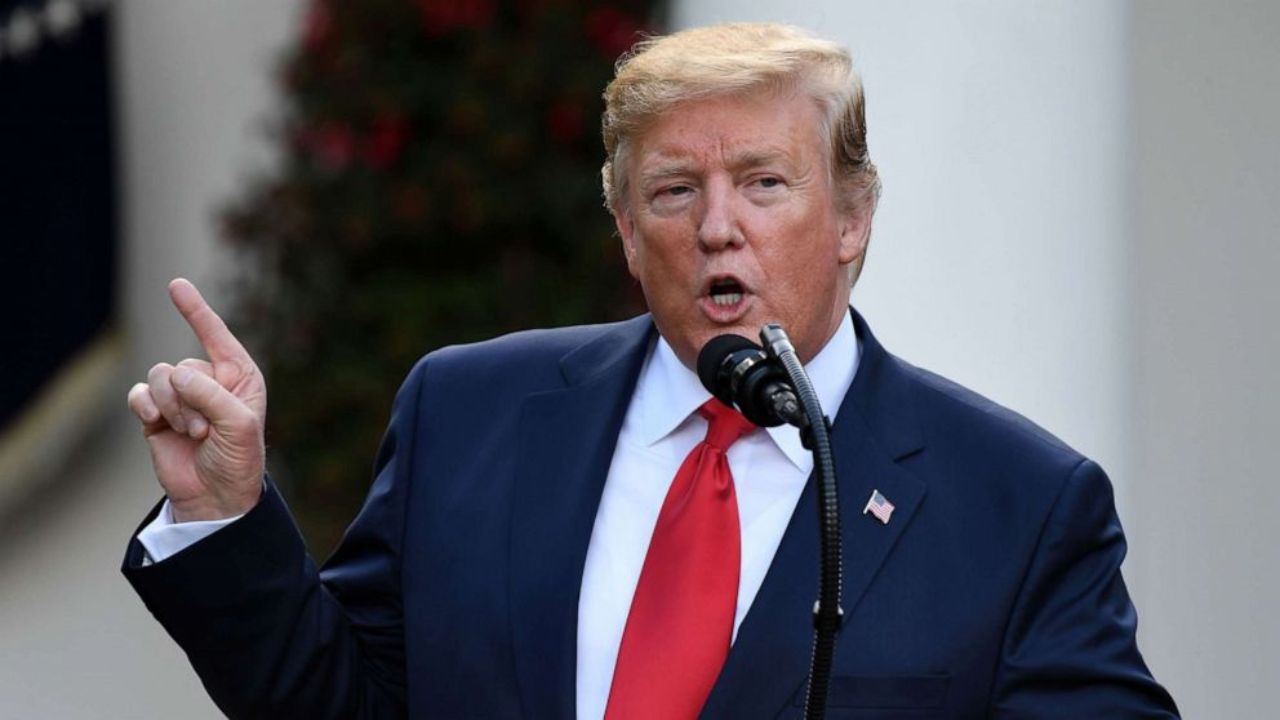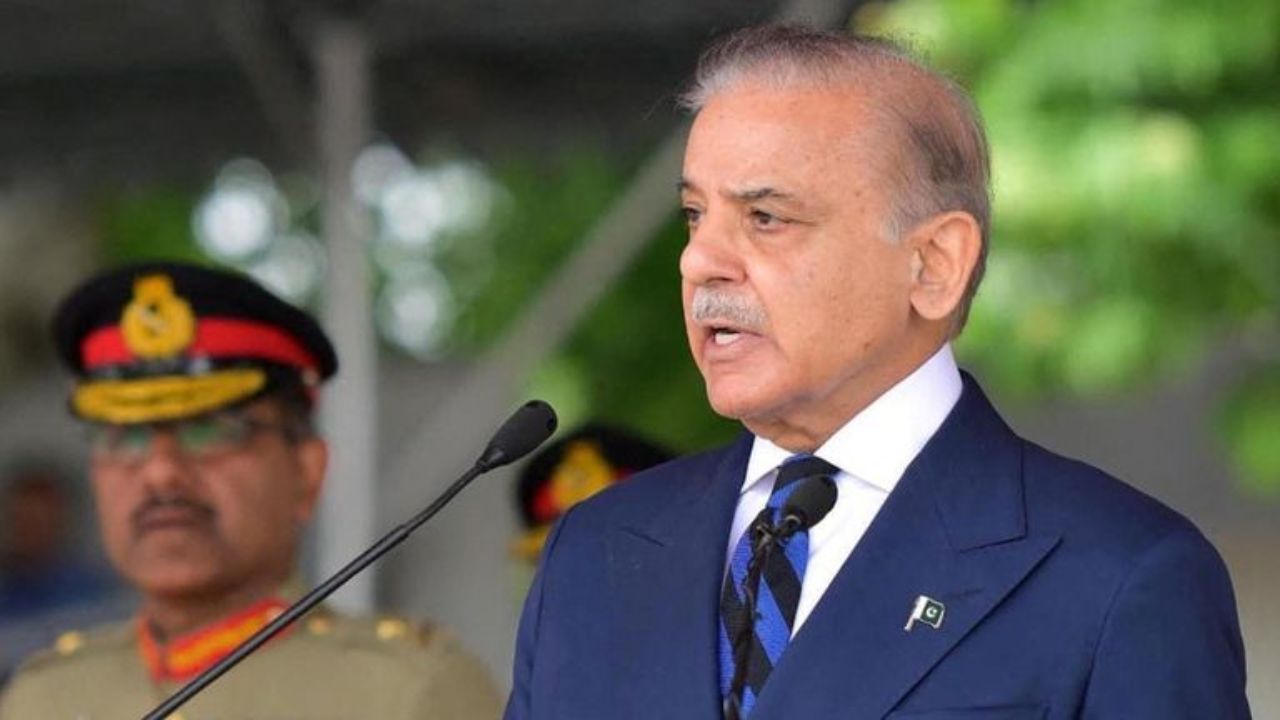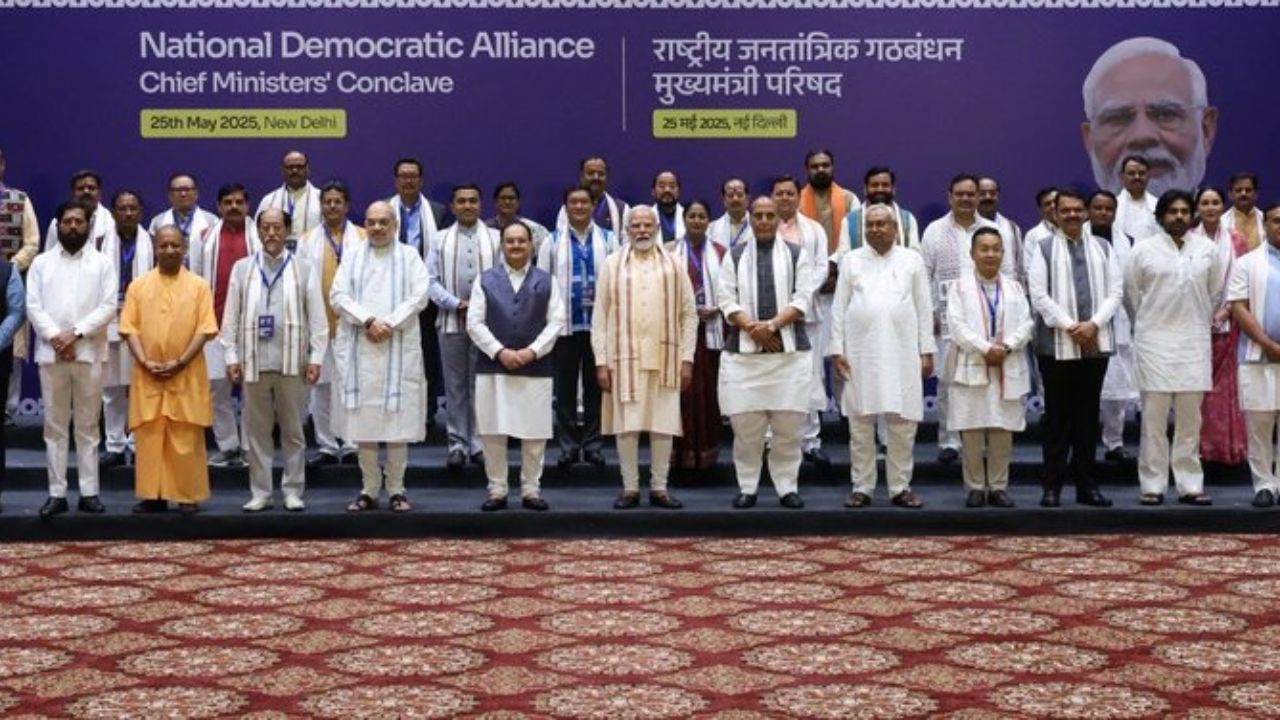Trump presses China to finalize tariff agreement: ‘Ball is in their court’
Trump Says “Ball is in China’s Court” as Trade Tensions Escalate Amid escalating trade tensions between the United States and China, former President Donald Trump has placed the onus on Beijing to reach a new tariff

Trump Says “Ball is in China’s Court” as Trade Tensions Escalate
Amid escalating trade tensions between the United States and China, former President Donald Trump has placed the onus on Beijing to reach a new tariff agreement, asserting that it is now up to China to act.
White House press secretary Karoline Leavitt, speaking on Trump’s behalf, delivered a statement reportedly dictated by the former president.
“The ball is in China’s court. China needs to make a deal with us. We don’t have to make a deal with them,” the statement read.
Trump emphasized that China depends heavily on access to U.S. markets, particularly American consumers.
“There’s no difference between China and any other country except they are much larger, and China wants what we have — the American consumer. Or to put another way, they need our money,” he added.
Tariff Clash Intensifies
The comments come as a fresh round of trade conflict unfolds between the two global powers. In response to Trump’s announcement of increased tariffs on Chinese goods—raising them to 145%—Beijing has retaliated by halting further deliveries of Boeing Co. aircraft and imposing a matching 125% tariff on U.S. imports.
On Tuesday, Trump posted on his Truth Social platform that China had “reneged on the big Boeing deal,” accusing Beijing of refusing to take delivery of aircraft it had previously committed to purchase.
Global Negotiations Underway
While relations with China remain strained, Trump’s administration has confirmed that it is engaging with several other countries to secure trade relief and negotiate new tariff agreements. These talks aim to offset the impact of sweeping reciprocal tariffs introduced under Trump’s broader trade policy.
Last week, Trump declared a temporary 90-day pause on all reciprocal tariffs, except those targeting China. During this window, tariffs on non-Chinese goods were reduced to 10%. However, in a separate announcement, Trump doubled down on penalties for Beijing, citing China’s alleged economic misconduct and lack of cooperation.
“Based on the lack of respect that China has shown to the world’s markets, I am hereby raising the tariff charged to China by the United States of America to 125%, effective immediately,” Trump wrote on Truth Social.
“At some point, hopefully in the near future, China will realize that the days of ripping off the U.S.A. and other countries are no longer sustainable or acceptable.”
The White House later clarified that the total tariff burden on Chinese goods now stands at 145%, accounting for an additional 20% levy introduced earlier this year in response to China’s alleged role in fentanyl trafficking.
China’s Response and Economic Outlook
Beijing has matched Washington’s latest move, imposing a retaliatory 125% tariff on U.S. imports. In the midst of these developments, China reported stronger-than-expected economic growth for the first quarter of 2025, with GDP rising by 5.4% year-on-year.
According to China’s National Bureau of Statistics (NBS), exporters accelerated shipments in anticipation of the new U.S. tariffs. However, the agency cautioned that underlying economic challenges remain.
“The foundation for sustained economic recovery and growth is yet to be consolidated,” said the NBS. “There is a need for more proactive and effective macro policies.”





